Most Malaysians believe that the cash aid assistance or BR1M is related to the General Election.
Even after Prime Minister Datuk Seri Najib Tun Razakannounced that it’s going to be given out annually and later during the launching of BN Manifesto, the amount will be gradually increased to RM1, 200, some still think it is just a vote buying strategy.
We don't fault them for having such thinking. The truth is that it is more than just election strategy.
Let me explained to you why.
First, BR1M is actually part of our current government effort to restructure our way of managing our ballooning subsidies to the population at large.
BR1M was introduced as part of the effort to better managed our current subsidies between RM40-50 billion annually in order to make it more effective to help those needed the assistance.
Instead of giving out just a blanket subsidies such as huge petrol and gas subsidies, the government based on the recommendation by the international financial institution such as IMF has decided to reduce huge amount of subsidies by gradually shifting toward the direct cash assistance.
BR1M is a direct cash assistance to help those earning below RM2, 000 per month (single individual) or below RM3,000 per month (household monthly income).
The Malaysian government subsidizes and controls prices on a lot of essential items to keep the prices low, particularly the lower income group which formed majority of our population. Prices of items such as palm oil cooking oil, petrol, flour, bread, rice and other essentials have been kept under market prices to keep cost of living low.
Our annual total subsidies are around RM40-50 billion with half of its indirectly through PETRONAS.
According to latest IMF report, the numbers for Malaysiaare sobering – with pre-tax subsidies calculated at 1.88% of 2011 GDP which is a little higher than the regional average of 1%. Two thirds of that figure is from petrol subsidies alone.
Post-tax, which includes non-fiscal costs to the economy as well as taxes not collected, the measure leaps to 7.21% or nearly 4 times higher, again with more than two-thirds coming from petrol.
As example, in 2008, the government announced that it has spent RM40.1 billion in 2007 in subsidies to keep prices levelled. As of 2009, 22 % of government expenditures were subsidies, with petrol subsidies alone taking up 12 %.
What actually the current government (now caretaker government) trying to do is to adopt a new way of helping those in need -- that is through direct cash assistance to the targeted group instead of blanket fuel subsidies at large amount which also benefit the rich as everybody buying petrol at the same subsidies price.
In the past, many economist and world economic institution has over the years cautioned us about this subsidies method. They have been talking about the need for us to overhaul our method of providing the assistance as giving such huge subsidies is just not sustainable.
Remember the famous statement from Minister in the Prime Minister Department Datuk Seri Idris Jala that our country can go bankrupt in less than 10 years if we didn’t restructure our current way of managing the subsidies?
Let’s took petrol as an example. The amount allocated for petrol subsidies is huge as the prices are beyond our control and very much depended on world market of oil prices.
Any responsible government has to find a way to tackle this. One of the methods is for us to adopt direct cash assistance, similar to the one being implemented by Singapore, Hong Kong and Macau.
For example, in Singapore such direct payment assistance is called "The Public Assistance scheme" as the government there didn't provided any subsidies to maintain the essential goods and services at lower price.
About 2.1 million Singaporeans receiving benefits from the scheme with those with assessable incomes of $24,000 or less a year while those living in homes with an annual value of $20,000 or less get either $100 or $250 in cash monthly. The other direct cash assistance included Medisavetop-ups for about 85 % of all Singaporeans above 65 years old and utility rebates for some 800,000 HDB households.
However, we just can't do it overnight. For example, any drastic reduction to our current fuel subsidies will greatly impact our population -- as cost of living will go skyrocket after the prices of goods and services increased tremendously.
Remember what happen in 2007 when we suddenly raised fuel price 80 senper litre after the world fuel price hit a record high?
That explained why we need to do it gradually -- which mean -- reducing the amount that needed to subsidise our petrol over certain period of time.
Having learned from the past experiences and other countries, we has started restructured our fuel subsidies back in 2010. First step is when government implemented the dual price structure for fuel based on citizenship. Foreigners are expected to pay market price for fuel while citizens will have subsidy allocations based on engine capacity. The dual pricing structure began on May 1, 2010.
Later, another strategic item which is heavily subsidized, natural gas prices also being restructured, moves towards a market based approach. We started it first on the natural gas which is used in the industrial sector.
Gradually, the government is reducing the gas subsidy 5% to 10% per annum over 11 years, in which the gas price will reflect market price.
In transition to our effort gradually reducing our subsidies on fuel and gas, we introduced new method -- that is through direct cash assistance which was branded as BR1M -- 1.0 and later BR1M 2.0 -- before being make it as permanent features.
As we slowly reducing our fuel and gas subsidies, the amount of BR1M will also being adjusted and would be increased gradually until it reached RM1,200 from current RM500.
We are actually learning from several countries by adopting this method of direct cash payment which is more effective instead of blanket subsidisingessential goods and services such as petrol and gas.
That’s why the current government’s effort is more sustainable before they can afford to give out BR1m up to RM1,200 as such allocation can be recovered through reduction in subsidies in some area -- which mean we don't need to borrow or increase our debt to make it work.
For example, we subsidised between RM15-20 billion annually on petrol prices. If we reduced the subsidies just by 5 billion, it is more than enough to cover the RM500 BR1M hand-out, which is only to cost about RM3.2 billion.
However, should we reduced the petrol price but at the same time provide direct cash assistance, there is no way we can afford it without resorting to the huge borrowing as we would be out balance. That’s why if Pakatan manifesto were to be adopted, our debt would easily go up as high as 11%, reaching as high as 65 % from current 53%.
Subscribe to:
Post Comments (Atom)







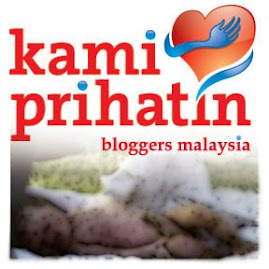






 Malaysian Ringgit Converter
Malaysian Ringgit Converter





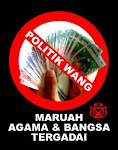






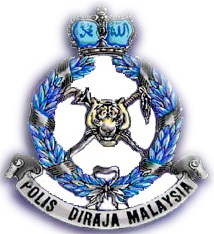

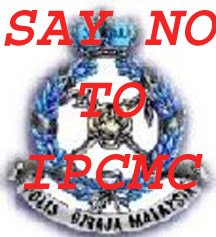






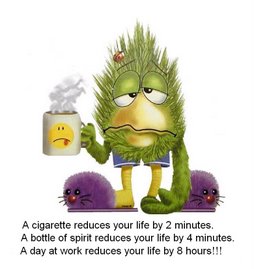
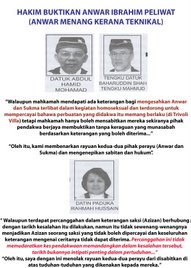

No comments:
Post a Comment